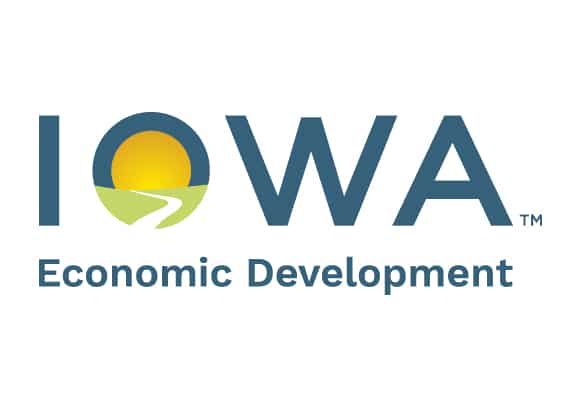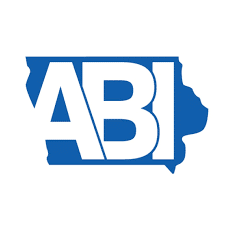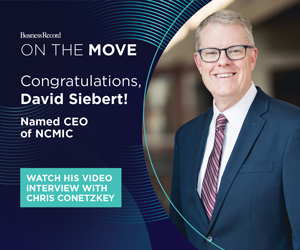Study: Iowa employer health premium increases moderate under ACA

JOE GARDYASZ Oct 6, 2016 | 2:07 pm
3 min read time
658 wordsAll Latest News, Business Record Insider, Health and Wellness, InsuranceEmployer health insurance rates in Iowa are continuing to rise, but nowhere near the sickening pace of the individual market — and interestingly enough, rate increases for Iowa employers are advancing at a much slower pace since passage of the Affordable Care Act six years ago.
The rate of increases in health insurance premiums paid by Iowa employers has declined significantly since the passage of the Affordable Care Act in 2010, according to results from the 2016 Iowa Employer Benefits Study.
In the six years prior to passage of the ACA (2005 to 2010), family health premiums for Iowa employers increased by nearly 31 percent. By comparison, family premiums increased by 18.4 percent in the six-year post-ACA period from 2011 to 2016, according to the 18th annual study by David P. Lind Benchmark in Clive.
Family deductibles paid by employees also grew at a much lower rate in recent years under the ACA. In the pre-ACA years from 2005 to 2010, family deductibles increased 71 percent to $2,644. By comparison, from 2011 to 2016, the family deductible increased just 6 percent.
The majority of Iowa employers — 77 percent — experienced increases in group health insurance rates last year, the study found. The annual study tallied responses from 1,025 Iowa companies. Just under 20 percent of employers had no change in rates last year, and 3.2 percent actually experienced a decrease in premiums.
No employers in the survey reported discontinuing health care coverage as an employee benefit last year.
Overall, 79 percent of employers reported offering health coverage, up slightly from 76 percent in 2015. Much of the increase was attributable to more small employers — companies with two to 10 employees — offering health insurance. About 61.5 percent of those small employers offered health coverage, up from 51.5 percent the previous year.
“It’s all about being competitive,” Lind said. “They’re more inclined to offer coverage versus having employees go out to the individual marketplace to buy coverage. There is a great deal of stability with employer-sponsored coverage. Premiums that employers are charged continue to move upward, but nowhere near how they are in the individual market.”
Of those companies that had premium increases, the weighted average increase across all sizes of companies was 11 percent. Small companies tended to have bigger increases than those with more employees. Companies with 11 to 25 employees had the biggest average percentage increase in premiums, at 13 percent, while companies with between 50 and 100 people and those with 200 to 1,000 employees had the lowest increases, at 9.1 percent.
Just over half of the companies whose rates increased said they passed some or all of the increased cost to their employees, while nearly 30 percent of organizations said the company absorbed the entire increase. The other most common responses to rate increases were:
- Raised deductibles: 23.1 percent.
- Raised out-of-pocket maximum: 12.8 percent.
- Increased office visit copay: 9.7 percent.
The average deductibles that Iowa employees were required to pay in 2016 dropped slightly for single coverage ($1,627) when compared with last year’s average single deductible ($1,662). The 2016 family deductible of $3,382 remained statistically unchanged from 2015.
“Reported premium increases by employers this past year do not appear to have meaningfully impacted employee costs through payroll deductions and through higher deductibles,” Lind said. “Based on our recent findings, this one-year hiatus from such increases has been beneficial to employee cost-sharing responsibilities. It does appear that post-ACA results show that such costs have only moderately increased when compared to pre-ACA results.”
Nearly 9 percent of companies said they changed insurance companies last year in response to higher rates.
When asked about important reasons for changing health plans, survey respondents said that reducing long-term health costs and complying with government regulations were equally important when making coverage decisions. Additionally, encouraging employees to better understand health care costs and to become more engaged when seeking care were also important to employers.








